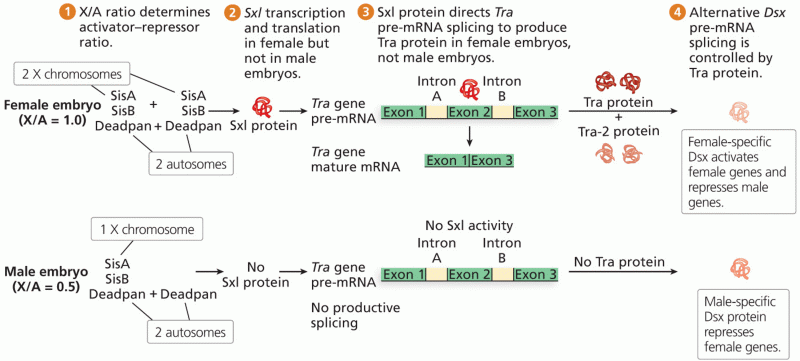Answer to Question 1
b
Answer to Question 2
Disability refers to a physical or mental impairment that substantially limits one or more major activities that a person would normally do at a given stage of life and that may result in stigmatization or discrimination against the person with a disability. Some disabilities involve physical conditions, while others involve mental abilities. However, according to disability rights advocates, social attitudes and the social and physical environments in which people live are contributing factors to the extent to which a person may be considered disabled.
Those using the functionalist framework often apply Parsons's sick role model, which is referred to as the medical model of disability. According to the medical model, people with disabilities become, in effect, chronic patients under the supervision of doctors and other medical personnel, subject to a doctor's orders or a program's rules and not to their own judgment. From this perspective, disability is deviance.. According to symbolic interactionists, people with a disability experience role ambiguity because many people equate disability with deviance. By labeling individuals with a disability as deviant, other people can avoid them or treat them as outsiders. Society marginalizes people with a disability because they have lost old roles and statuses and are labeled as disabled persons. According to sociologist Eliot Freidson, how people are labeled results from three factors: (1) their degree of responsibility for their impairment, (2) the apparent seriousness of their condition, and
(3) the perceived legitimacy of the condition. Freidson concluded that the definitions of and expectations for people with a disability are socially constructed factors. Finally, from a conflict perspective, persons with a disability are members of a subordinate group in conflict with persons in positions of power in the government, in the health care industry, and in the rehabilitation business, all of whom are trying to control their destinies. Those in positions of power have created policies and artificial barriers that keep people with disabilities in a subservient position.








